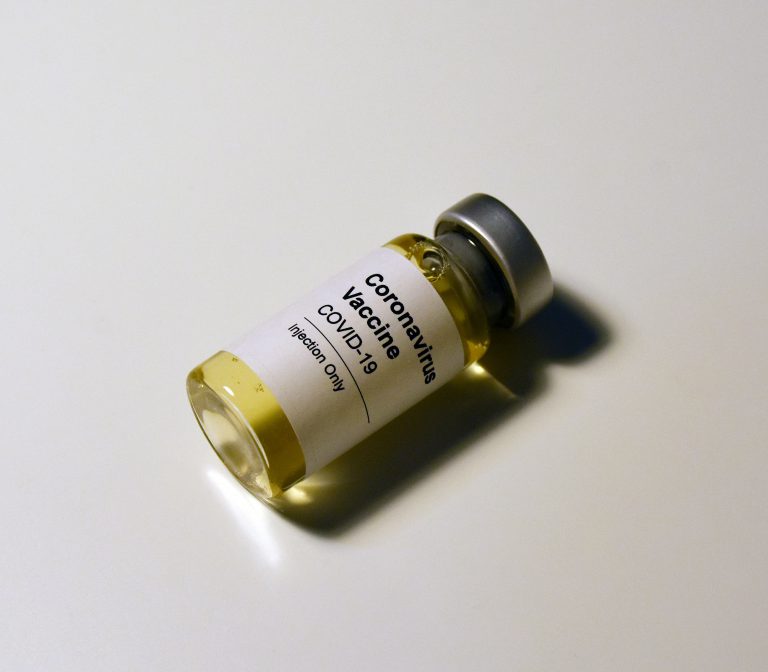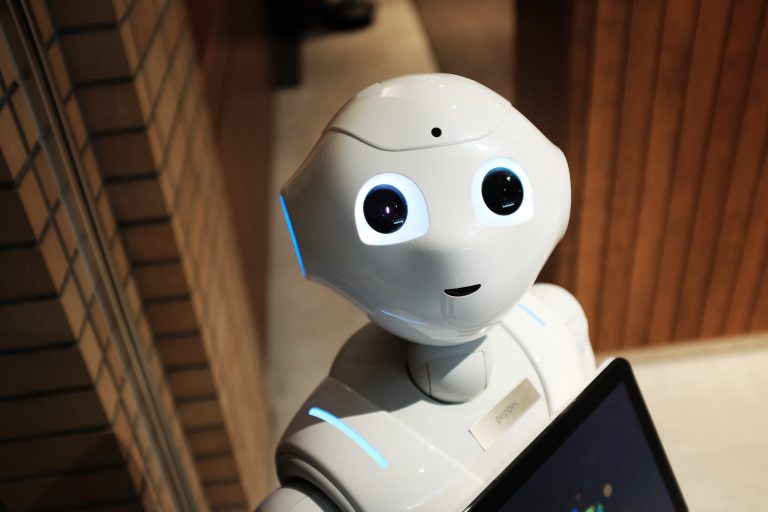Internet of Things is a modern technological advancement that integrates the use of internet protocols in everyday objects we interact with in life. Through embedding the online world into certain products, they are able to improve the quality of life for those who use it and are avid users of the internet. By adding IoT to healthcare products and the industry, it increases the potential lives saved by using technology to monitor patients and develop new methods to treat illnesses.
Applying “Internet Of Things” In Healthcare
Electronic healthcare kicked off in the USA after the Health Information Technology for Economic and Clinical Health Act (HITECH Act) legislation was created in 2009. This made the adoption of electronic health records and supporting technologies facilitated and put into use in medical facilities all over the nation.
By having a portal that allowed patients and doctors to access medical records, prepare for appointments, and constantly be in contact, this made taking care of health a much easier task. Home monitoring systems for people with ailments let patients or their care providers track their real-time health statistics, which reduced the need to keep visiting hospitals and clinics.
Smart devices are also now being utilized more often, such as smart thermometers, blood-gas analyzers, beds, x-ray machines, and other usually found hospital devices. It is no doubt that IoT can transform healthcare even further.
The Most Commonly Used Medical Devices
The three major groups of medical devices found in healthcare applications are wearable external devices, implanted medical devices, and stationary devices. Wearable tech has biosensors that monitor health data with remote or wireless communication for monitoring patients, such as blood pressure monitors, EKGs, and others.
Implanted devices replace biological structures that have been damaged or are missing, and can also enhance the performance of biological systems and functions. Pacemakers, implantable neurostimulator systems, and other drug-delivery systems installed internally make up this category.
Stationary devices are the large machines that you find in hospitals that have various functions to serve clinical operations like surgery, or connected imaging for X-ray scans and MRI tests. These are usually set in one place and do not move.
Benefits Of “Internet Of Things” In Healthcare
With technology seemingly making everything better and more accessible for everyone, there is no doubt that having it integrated into healthcare is extremely beneficial. The three major benefits of IoT solutions are lower costs, better patient experience, and better management of drugs and medicinal use. With real-time monitoring using connected medical devices and solutions, this means that patients will have fewer physical visits to the doctor. Without the need for random check-ups because of access to monitoring logs by the physician, this will make it easier to plan visits properly.
The important part of treating illnesses is data. Patients will experience different things when ill, and if doctors have access to data logs that are consistent and accurate, this will improve patient experience and make the treatment better.
IoT technologies and solutions will help hospital staff access databases on drugs, track supplies of each medicine, and aid in sanitary solutions to prevent infections and the spreading of viruses. This can also help patients take their treatment plans seriously and remind them to take medicines prescribed to them.
Conclusion
Internet of Things offers a modern take and better solutions to healthcare management and saving lives. The internet and technology exists and is constantly evolving to solve a plethora of problems that people of today face, so it makes sense to utilize it in a field that saves lives.
We provide the world with the best healthcare news and updates on global medical technologies and stories. For the most comprehensive collection of regularly updated topics on health and wellbeing, bookmark our site to continue to stay informed.



















